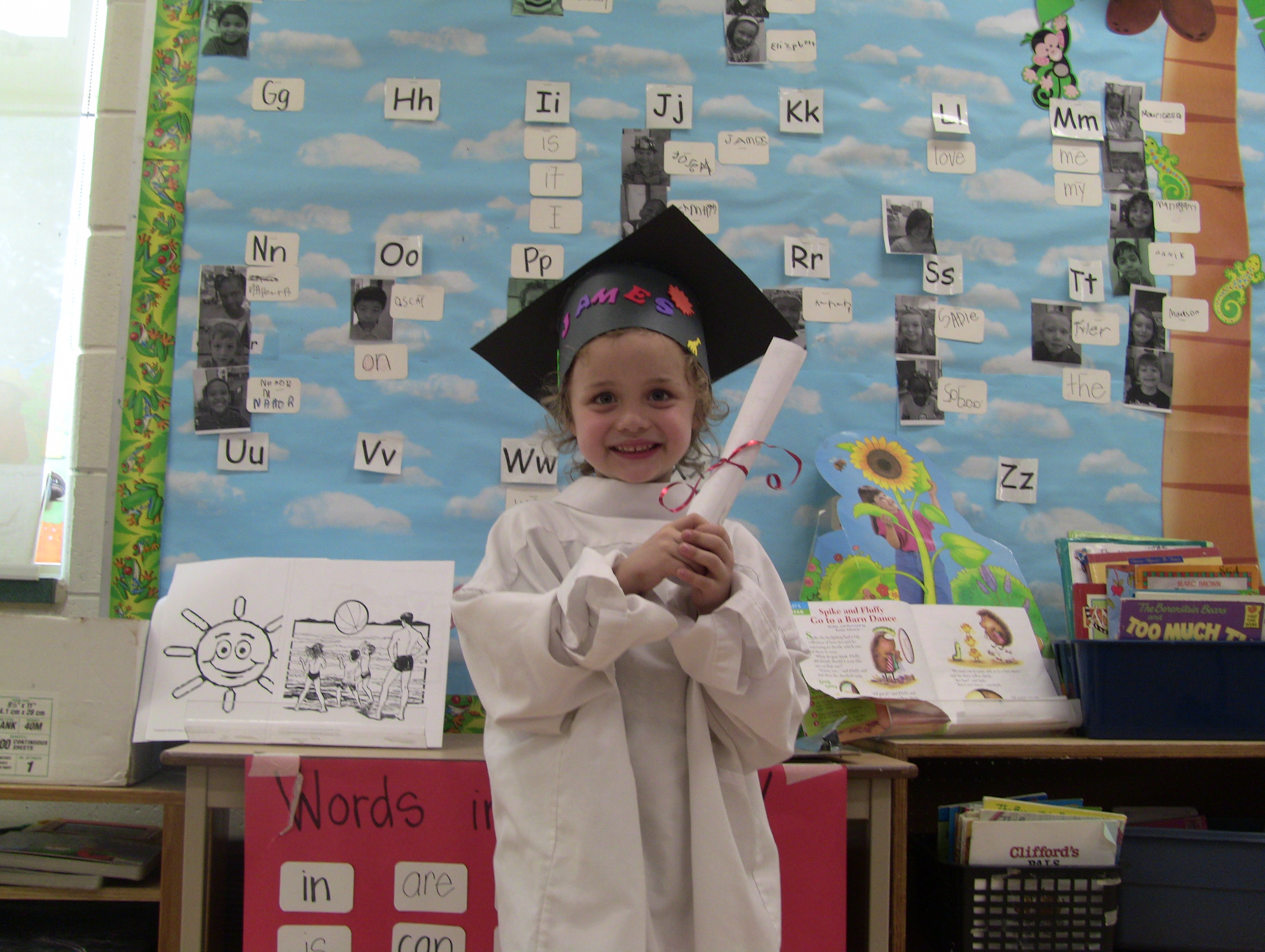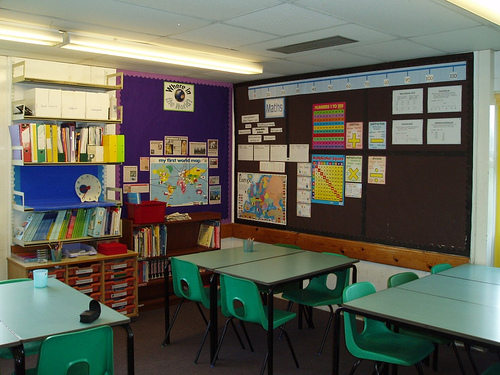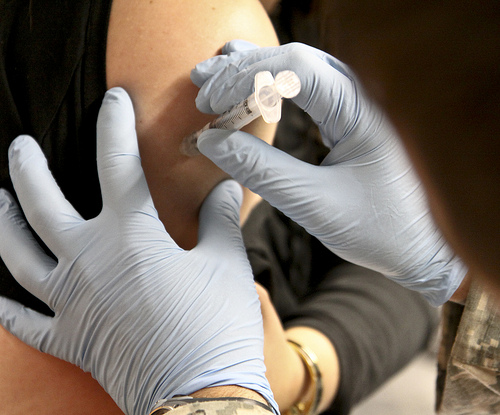In the wake of Monday’s tragic school shooting in Chardon, Ohio, I find myself wondering why we as a society have so much trouble dealing with the problem of bullying. I asked this question on Facebook on Monday night, and more than one person accused me of blaming the victims.
I want to make it clear: I am not blaming the victims, nor am I condoning these acts of violence. I am merely making the point that in spite of the fact that bullying has been blamed for a number of tragedies over the last fifteen years or so, we have made little progress in addressing it.
It would be unfair for me to say that nothing has happened. I would be willing to bet that there were no formal anti-bullying policies in place when I was in high school. That at least has changed: it took me about fifteen seconds on Google to find my local school board’s policy. This does represent a start, even though the wording of the policy is frustratingly vague. It places the onus on schools to figure out ways in which bullying incidents can be reported and dealt with. When I called my son’s school to find out what their school-specific policy is, I got an expected but highly unsatisfactory answer: It depends on the circumstances. I also got the platitudes that schools think are sufficient for parents: We do not tolerate bullying in our school. We take this issue very seriously. Instigators of bullying are dealt with severely.
That’s all great, but what does it actually mean? We don’t need policies that are there primarily to make parents happy enough to sit down and shut up. We need action plans that are followed through on. Here are a few things that I would like to see in place:
- Education sessions for parents that will teach them to recognize (a) that their child is being bullied, or (b) that their child is bullying.
- Anti-bullying education in the curriculum for the kids. Right from the get-go, children need to be taught what their rights are and how they can ensure that they are being respected. They should also learn about what behaviours constitute bullying. While this is more intuitive for most older kids, young children may not recognize the potential harm of certain behaviours.
- Support for the victims of bullying. They should have a way to report their experiences without fear of reprisal, and they should be assured that action will be taken. The onus should not be on them to “stand up to the bullies”.
- Support for the instigators of bullying. These kids could have something going on in their lives that’s making them do what they do. They shouldn’t just be suspended from school and given a warning not to do it again. Steps should be taken to find out why they are doing it in the first place and what help can be provided to them.
- Open lines of communication between students, teachers and parents. Teachers and parents should be working together to ensure the safety and wellbeing of our kids, and our kids have to know that there is someone for them to go to when they need help.
Bullying is not a problem that can be solved by letting the kids sort it out. We cannot tell one person to stop doing something, or another person to retaliate. Bullying is a social problem that can only be solved by everyone involved working together in a constructive way, to do what is best for the kids.















